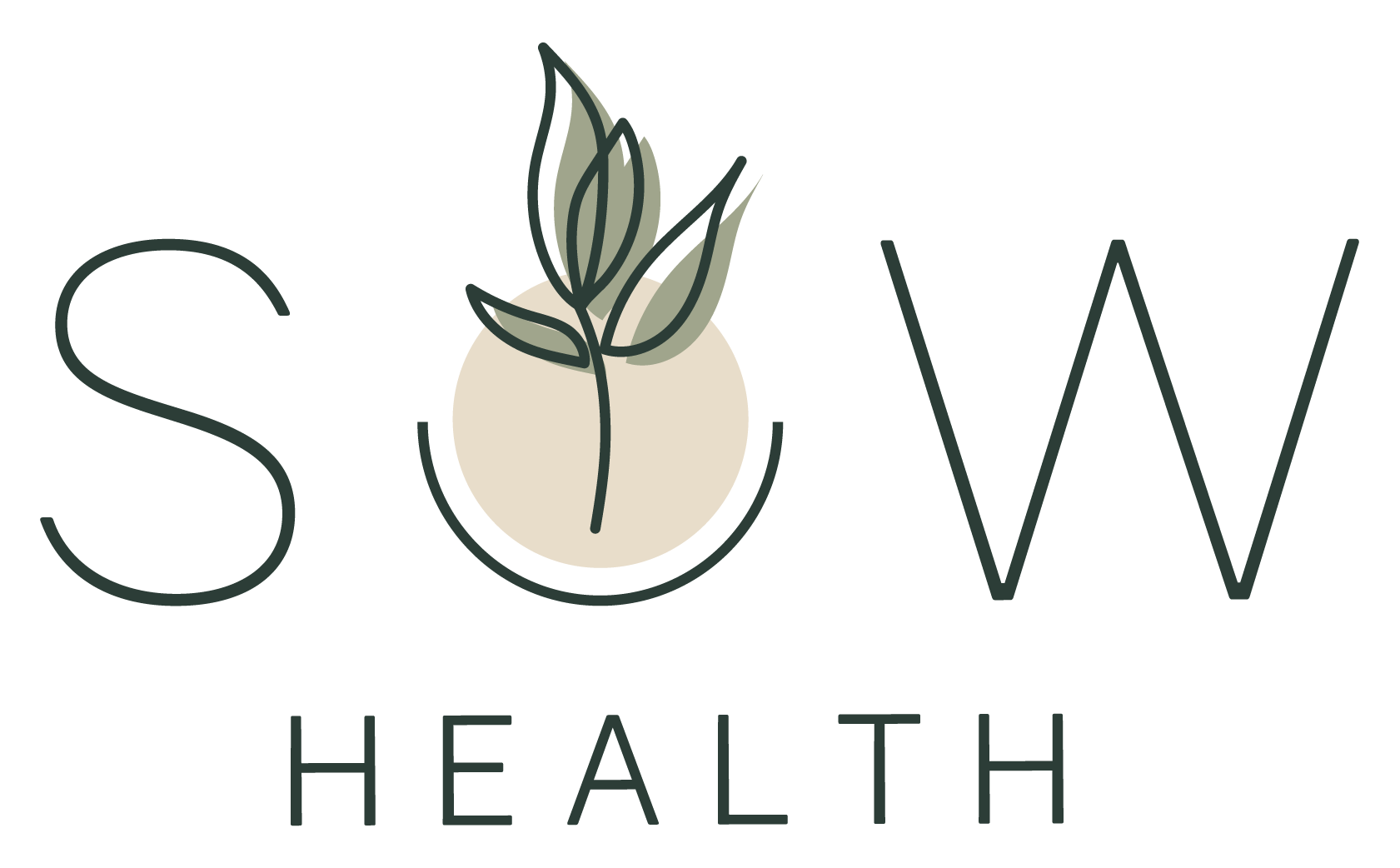February 13, 2015
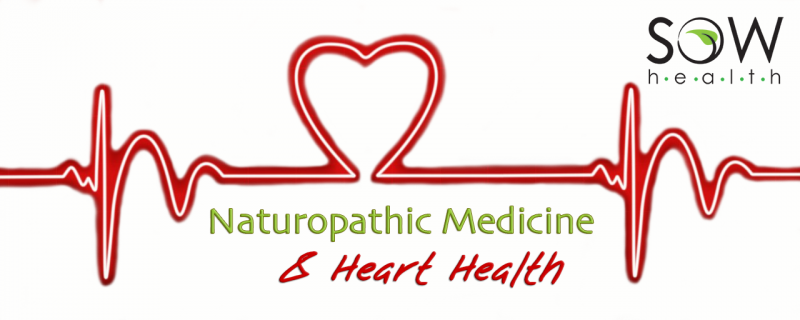
Did you know heart disease and stroke take one life every 7 minutes and 90% of Canadians have at least one risk factor?
Cardiovascular disease can be managed and prevented. You may be susceptible to heart disease if your parents or grandparents have a heart condition or if your current lifestyle and dietary choices are suboptimal. Heart disease consists of a variety of conditions that may affect the structure and function of the heart muscle. Coronary artery disease is the most common cause of heart problems. Risk factors that put you at an increased risk of coronary artery disease include high blood pressure, high cholesterol, diabetes, smoking, stress, excessive alcohol consumption, poor diet, physical inactivity and being overweight.
A key indicator of whether you are at an increased risk is waist circumference. Fat stored in your mid-section puts you at risk for high blood pressure, high blood cholesterol, type-2 diabetes, heart disease and stroke. According to the Heart and Stroke Foundation almost 60% of Canadian adults are overweight or obese. Canadians who are obese are four times more likely to have diabetes, more than 3 times as likely to have high blood pressure and more than two times more likely to have heart disease than those with a healthy weight.
Measure your waist circumference and determine if you are at an increased risk of developing heart disease and other metabolic conditions.

Naturopathic Medicine and Heart Disease
In 2013 a study was published in the Canadian Medical Association Journal that evaluated the effectiveness of naturopathic care in reducing the risk of cardiovascular disease. The findings of the study concluded the addition of naturopathic care to enhanced usual care may reduce the risk of cardiovascular disease among those at high risk.
If you are aware that cardiovascular disease runs in your family, if you have risk factors that put you at an increased risk or if your waist measurement is telling you that you are at an increased risk, you are a good candidate for naturopathic medicine.
As a Naturopathic Doctor it is our role to look at the whole body and work towards optimal health. Lifestyle factors such as a poor diet, increased stress levels, environmental toxicity, lack of sleep and exercise are just some of the interventions a Naturopathic Doctor can help improve. Food sensitivity testing, environmental toxicity testing, adrenal stress testing and additional blood work for cardiovascular risk factors are just some of the additional lab tests that can be conducted to further investigate your specific situation. We can educate you on these numbers and track your progress.
Top 3 Tips for a Healthier Heart:
- Get moving – Regular exercise helps strengthen your heart and can help burn calories and build muscle. Try the New York Times Scientific 7 Minute Workouts HERE
- Focus on healthy fats – Good fats fight inflammation, produce hormones to burn fat, and keep you satiated. Healthy fats include olive oil (2 tbsp per day), Fish oils, and Coconut Oil. Avoid deep fried fats and Canola Oil.
- Reduce your stress – Increased stress contributes to cardiovascular disease. Consider activities like yoga, meditation and deep breathing exercises. Learn how to meditate with a 10 day challenge from Headspace.
Be proactive about your heart health and work towards a healthier you!
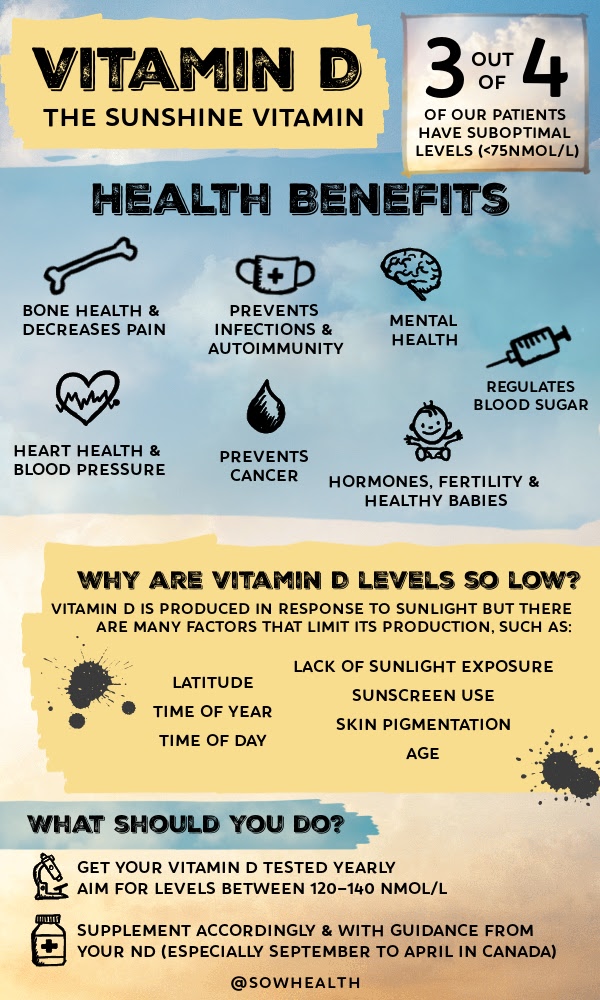
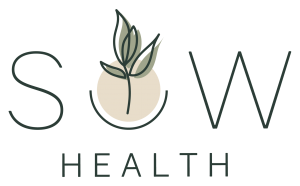

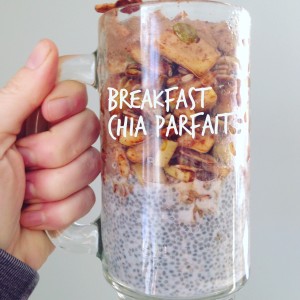
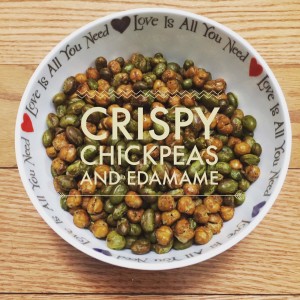 The idea came from
The idea came from 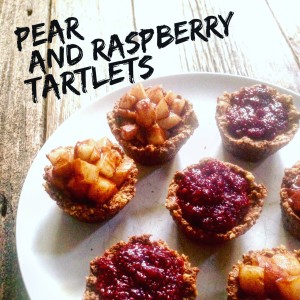
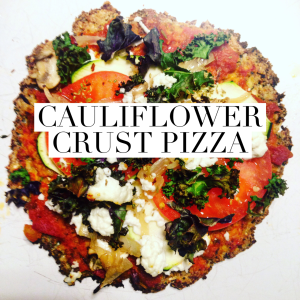
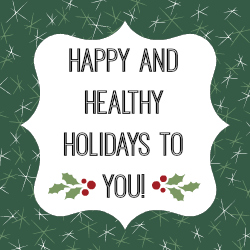


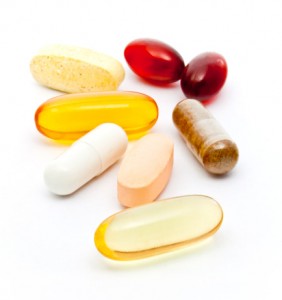

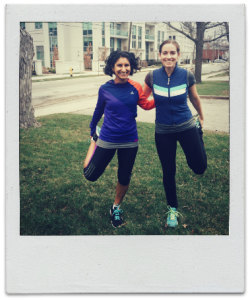
 Our Naturopathic Recommendations for starting to run:
Our Naturopathic Recommendations for starting to run:

